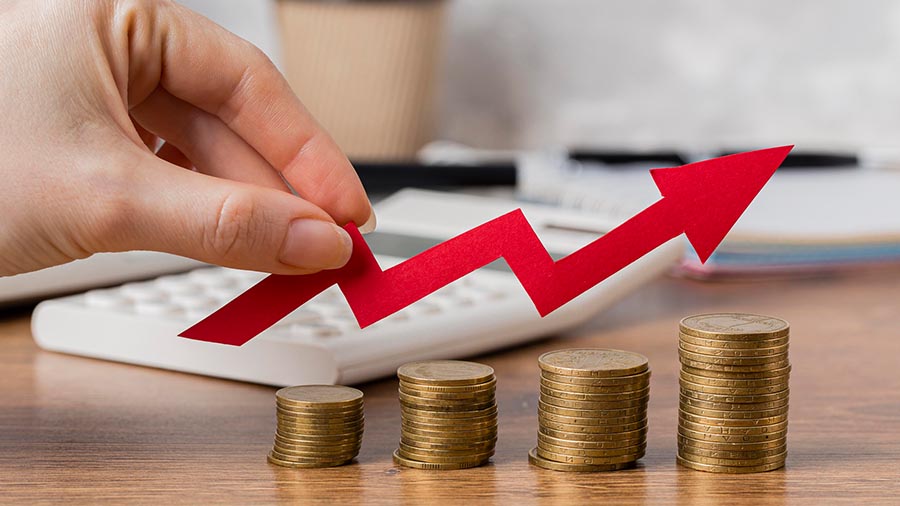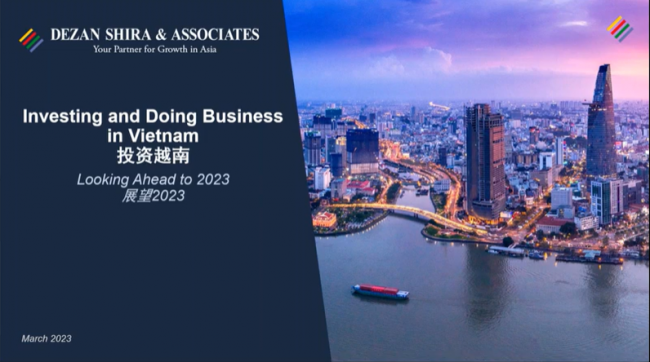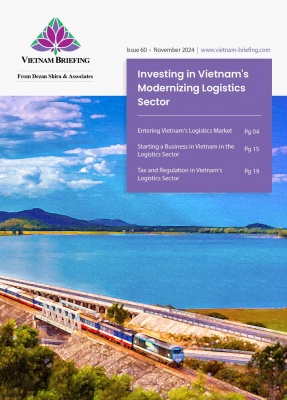Vietnam Strives for Full Public Investment Disbursement for 2022-2023
Vietnam wants to speed up public investment disbursement for 2022 and 2023 to stimulate post-pandemic economic growth. New regulations encourage local government agencies to release 100 percent of funds to various projects, including in infrastructure, as Vietnam’s governments seeks more private investment. In this article, we take a look at how the disbursement process is being implemented.
Vietnam is aiming to speed up public investment disbursement to further economic growth post-pandemic as the country opens up. Disbursing public investment capital is vital for the country’s economic recovery as it looks to bounce back from the negative effects of the pandemic and slowdown in its economy.
Working groups sanctioned to speed up public disbursement
To move things along and speed up the process further, Vietnam’s Prime Minister Pham Minh Chinh has sanctioned six working groups to accelerate the process. These groups are expected to be under the supervision of several deputy prime ministers as well as the Ministry of Planning and Investment (MPI) as well as the Ministry of Finance (MoF).
The role of the groups is to work with all relevant government agencies including those running cities, provinces and those where the disbursement rate has been below the country’s average of 18.48 percent.
PM Chinh also issued Directive No 126/CD-TTg urging leaders of provinces and cities to implement the US$15.4 billion socio-economic recovery program along with the public investment plan.
In 2021, Vietnam disbursement US$19 billion of funds which was around 93.47 percent of the target set by the PM. In the first two months of 2022, Vietnam disbursed US$2 billion, up 10.4 percent over the same period last year. That figure is equal to 8.8 percent of the 2022 target. As per the MoF however between January and April this year, the disbursement rate was 18.48 percent, slightly lower than 18.65 percent during the same period last year.
Seven ministries and eight localities had a disburse rate of more than 25 percent including Binh Thuan and Phu Tho provinces.
The government plans to fully disburse allocated funds for this year and added that it would sanction punishment for any violations in delays or issues with disbursing public funds.
Factors behind slow disbursement
The government has pointed out that provinces that have low disbursement rates should ramp up and examine issues for precise reasons that are causing delays. Some of the reasons why disbursement has been slow are due to problems in land clearance, selecting contractors, and increasingly high prices in construction materials. The MoF also stated that 21 provinces and cities have not disbursed as per the allocation plan though the last two quarters of the year typically see an increase in disbursement.
The disbursement of public funds into infrastructure is one of the key drivers for further growth. Five national key transport projects are expected to benefit including the Chau Doc – Soc Trang expressway, the Khanh Hoa – Buon Ma Thuot expressway, and the Bien Hoa-Vung Tau expressway apart from roads in Hanoi and Ho Chi Minh City. The government also wants to prioritize infrastructure and transport development to spur growth.
Hanoi itself plans to invest as much as US$76.3 million into five large infrastructure projects on the city’s outskirts while Ho Chi Minh City plans US$1.95 billion in infrastructure development. These include roads, railways, and hospitals.
The Asian Development Bank (ADB) stated that delays in state-funded projects can increase costs by 17.6 percent per year. Further, projects that are delayed by one to two years can see costs increase by 50 percent.
Therefore, it’s imperative for Vietnam to prevent further delays and speed up investment. The Hanoi and Ho Chi Minh City metro projects are some examples of project delays with associated high costs. Further, while the Long Thanh International Airport which will replace Ho Chi Minh City’s airport is expected to be completed in 2025, PM Chinh has expressed concerns over the lack of progress and land clearance issues.
Takeaways
The MPI has stated that public investment disbursement will need to be implemented strictly to ensure that projects do not face delays. The government, in November last year implemented a medium-term investment plan for the 2021-2025 period, which is aimed to restructure public investment and bring in more private investment. The government’s urgency to speed up disbursement is in line with Resolution 43 issued earlier this year on financial policies and support programs worth US$15.4 billion to aid economic recovery in the new normal.
About Us
Vietnam Briefing is produced by Dezan Shira & Associates. The firm assists foreign investors throughout Asia from offices across the world, including in Hanoi, Ho Chi Minh City, and Da Nang. Readers may write to vietnam@dezshira.com for more support on doing business in Vietnam.
We also maintain offices or have alliance partners assisting foreign investors in Indonesia, India, Singapore, The Philippines, Malaysia, Thailand, Italy, Germany, and the United States, in addition to practices in Bangladesh and Russia.
- Previous Article Vietnam’s Shipping Industry: Proposed Upgrade to Regional Container Fleet
- Next Article Vietnam’s Governance, Admin Reforms Improve: Provincial Competitive Index 2021






























